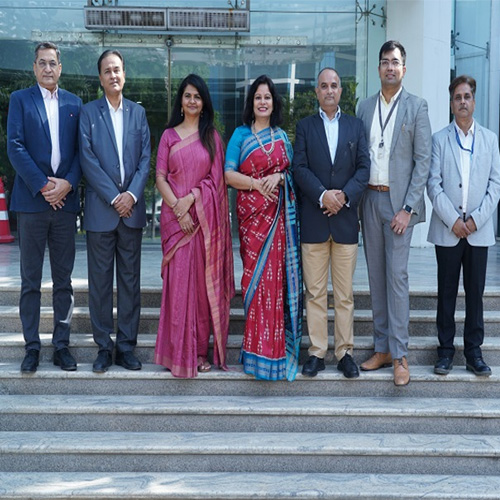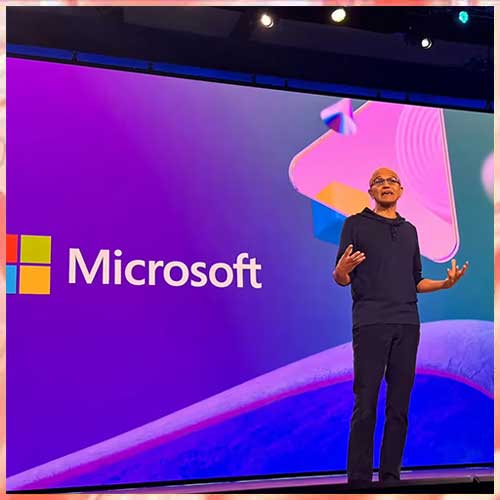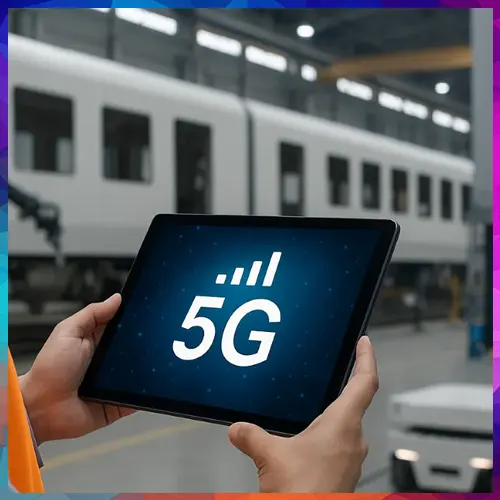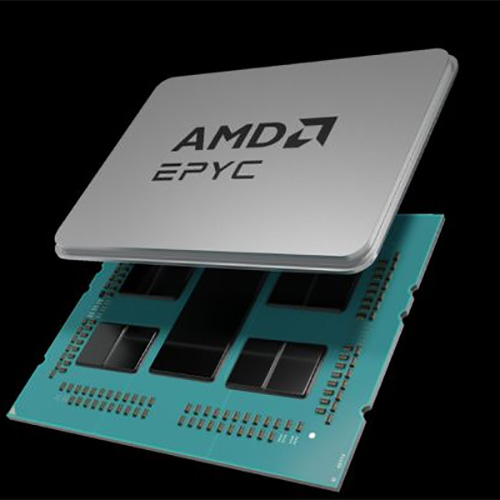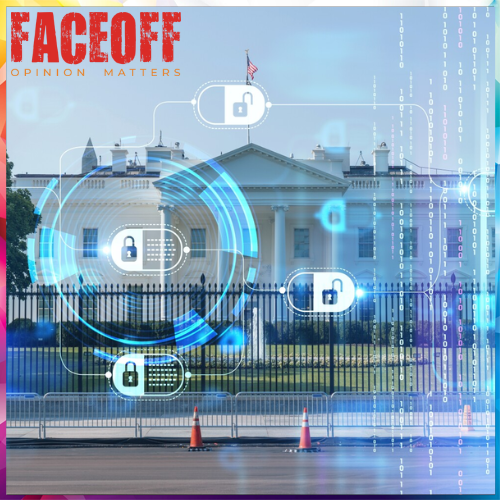TRAI Launches Consultation to Overhaul India’s Two-Decade-Old Telecom Interconnection Rules
2025-11-10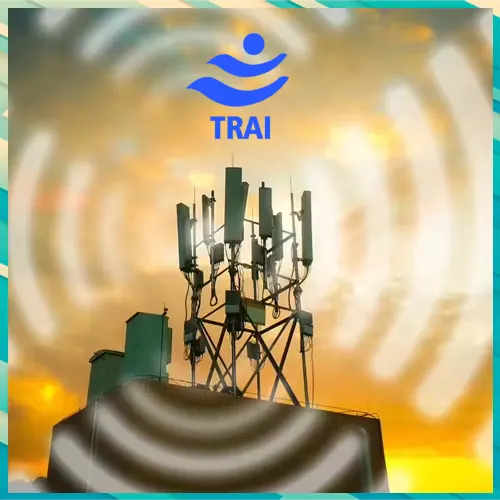
The Telecom Regulatory Authority of India (TRAI) has initiated a major review of the country’s telecom interconnection regulations, seeking stakeholder feedback on a new framework that reflects the realities of modern networks — including IP-based, satellite, and 5G-driven interconnections.
The regulator today released a consultation paper titled “Review of existing TRAI Regulations on Interconnection matters,” marking the first comprehensive overhaul of India’s interconnection regime in more than two decades. The move is aimed at ensuring that regulatory provisions keep pace with rapid technological evolution and convergence in telecommunications.
The review covers nine existing interconnection regulations, ranging from the earliest Register of Interconnect Agreements Regulations, 1999 to the more recent Telecommunication Interconnection Regulations, 2018 and its subsequent amendments, including the Second Amendment Regulations, 2020. These frameworks have collectively governed how telecom operators connect and exchange traffic — ensuring fair competition, cost-based pricing, and seamless service delivery in a multi-operator ecosystem.
TRAI said the review is being conducted under Section 11(1)(b) of the TRAI Act, 1997, which empowers it to determine the terms and conditions of interconnectivity and ensure technical compatibility among service providers.
“India’s telecom industry is undergoing a technological transformation,” the regulator said, noting that parts of the existing interconnection structure have become technically obsolete. “A forward-looking regulatory reassessment is required to make the framework future-ready,” it added.
The consultation focuses on several key areas, including IP-based interconnection, which is becoming critical as 4G and 5G rollouts accelerate, requiring improved quality and efficiency in traffic exchange. It also examines interconnection levels — currently at Licensed Service Area (LSA) levels for mobile networks and district or tehsil levels for fixed-line networks — to assess whether these need modernization.
A particularly significant inclusion is satellite-based telecommunications, where the consultation seeks inputs on interconnection models, points of interconnect (PoIs), and gateway locations between satellite, mobile, and fixed-line networks. This comes amid rising interest in Low Earth Orbit (LEO) satellite connectivity and hybrid network models by global and Indian players.
The paper also proposes to reexamine charging frameworks, including interconnection charges, usage charges (covering origination, transit, carriage, and termination), and the Reference Interconnect Offer (RIO) structure — areas that often shape how costs are distributed across the telecom ecosystem.
This consultation follows a pre-consultation exercise held in April 2025, where TRAI gathered preliminary feedback from operators, infrastructure providers, and industry associations. The current paper reflects those inputs and TRAI’s subsequent analysis.
Stakeholders have been invited to submit written comments by December 8, 2025, and counter-comments by December 22, 2025.
See What’s Next in Tech With the Fast Forward Newsletter
Tweets From @varindiamag
Nothing to see here - yet
When they Tweet, their Tweets will show up here.








